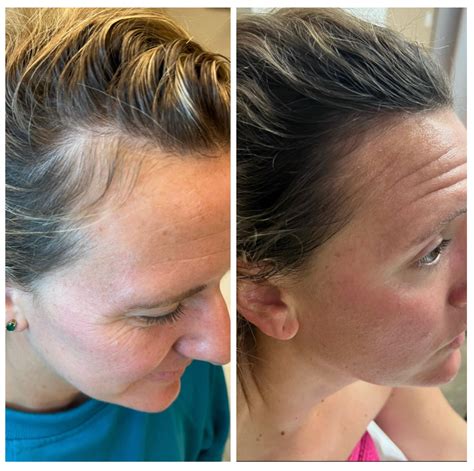Hair loss affects millions of men worldwide, leaving them feeling self-conscious and less confident. While there is no cure for male pattern baldness, hair replacement can offer a solution for regaining a full head of hair.

Surgical Hair Replacement: The Gold Standard
Surgical hair replacement, also known as hair transplantation, involves transplanting healthy hairs from one part of the scalp to the balding areas. This procedure offers a permanent and natural-looking solution.
- Cost: $4,000-$15,000
- Recovery time: 6-12 months
- Success rate: 90-95%
Non-Surgical Hair Replacement: Affordable Options
For those who prefer a less invasive and more affordable option, non-surgical hair replacement methods are available. These include:
- Hairpieces: Removable pieces that clip or bond to existing hair.
- Wigs: Full head coverings that provide instant results.
-
Laser therapy: Treatment that stimulates hair growth and thickens existing strands.
-
Cost: $500-$3,000
- Recovery time: None
- Success rate: Varies depending on the method
4-Step Approach to Hair Replacement
- Consultation: Discuss your hair loss concerns and goals with a hair restoration specialist.
- Assessment: Determine the extent of hair loss and identify the most suitable hair replacement method.
- Treatment: Undergo the selected hair replacement procedure.
- Maintenance: Follow post-treatment care instructions and schedule regular follow-up appointments.
Common Mistakes to Avoid
- Choosing the wrong method: Selecting a hair replacement option that is not compatible with your lifestyle or budget.
- Neglecting maintenance: Failing to follow post-treatment instructions and skipping follow-up appointments.
- Setting unrealistic expectations: Assuming that hair replacement will result in identical hair growth to your natural hair.
Conclusion
Hair replacement offers a range of solutions for men seeking to address hair loss. By choosing the right method and following established guidelines, you can regain confidence and achieve a fuller, more youthful appearance.
- Explore innovative technologies: Research advancements in hair replacement, such as 3D printing of artificial hair follicles.
- Consider your lifestyle: Choose a hair replacement method that aligns with your daily routines and activities.
- Be patient: The results of hair replacement may take time to appear and require ongoing maintenance.
- Seek professional advice: Consult with a qualified hair restoration specialist to ensure a safe and effective treatment plan.
Table 1: Hair Replacement Methods Comparison
| Method | Cost | Recovery Time | Success Rate |
|---|---|---|---|
| Surgical | $4,000-$15,000 | 6-12 months | 90-95% |
| Hairpieces | $500-$3,000 | None | Varies |
| Wigs | $500-$3,000 | None | Varies |
| Laser Therapy | $500-$3,000 | None | Varies |
Table 2: Factors Influencing Hair Replacement Costs
| Factor | Impact on Cost |
|---|---|
| Extent of Hair Loss | Higher hair loss = higher cost |
| Method Chosen | Surgical > Non-Surgical |
| Surgeon’s Experience | More experienced = higher cost |
| Geographic Location | Costs vary by region |
Table 3: Post-Treatment Hair Replacement Care
| Task | Frequency |
|---|---|
| Washing | 2-3 times per week |
| Combing | Daily |
| Trimming | As needed |
| Check-ups | Every 6-12 months |
Table 4: Myths and Facts About Hair Replacement
| Myth | Fact |
|---|---|
| Hair replacements look unnatural. | With advanced techniques, hair replacements can appear natural and indistinguishable from real hair. |
| Hair replacements are painful. | Surgical hair replacement can involve minor discomfort, but non-surgical methods are typically pain-free. |
| Hair replacements require constant maintenance. | While maintenance is necessary, it can be minimal and easily managed. |
